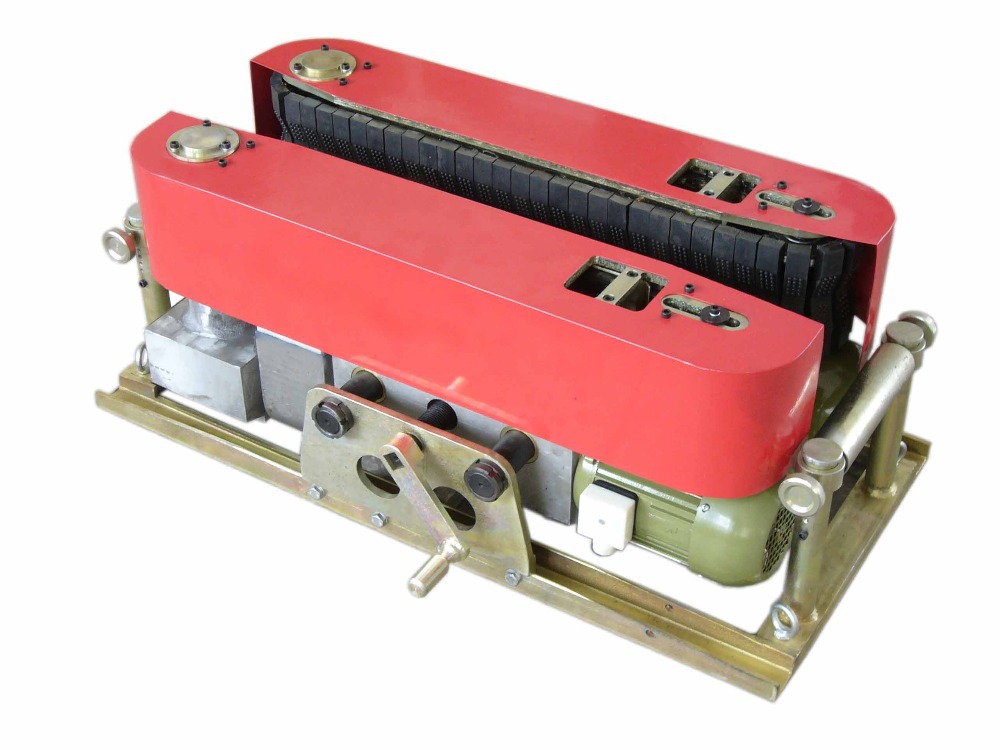High-precision standard resistors are small, rugged and very easy to transport. Careful design greatly reduces the resistance change due to thermal shock and mechanical vibration. After a temperature cycle between 0°C and 40°C, the difference in resistance (permanent change in resistance) is generally less than 2 ppm. The resistor standard for high precision standard resistors is the ideal original calibrator for calibrating Fluke calibrators. If necessary, this calibration work can be verified with other numerical resistance standards.
High-precision standard resistors are compact and rugged; no need for oil sump or air bath; 18° to 28°C operating temperature; 6 month stability to 2.5 ppm; temperature characteristics corrected; Fluke Corporation for precision, field resistance High accuracy work standard for calibration functions. The excellent temperature stability of the high precision standard resistor allows it to be used within the temperature range of 18°C ​​to 28°C, with a typical stability of better than 2ppm. If the calibration data table provided with the standard is used, the correction values ​​in the table are given at a temperature interval of 0.5°C. This reduces the uncertainty to almost zero. No need to use a troublesome oil tank or air tank; the resistance standard is small, sturdy and very easy to transport.
The elaborate design of high-precision standard resistors greatly reduces the resistance change due to thermal shock and mechanical vibration. After a temperature cycle between 0°C and 40°C, the resistance hysteresis (permanent change of resistance) is generally less than 2ppm; Its resistance standard is the ideal original calibrator for calibrating Fluke calibrators. Before using high-precision standard resistors, rotate each group of knobs to make contact stable and reliable. During use, the brushes should be cleaned periodically. When cleaning, use cotton to use petrol, apply a thin layer of neutral petrolatum evenly on the surface of the contact ring. The use of high-precision standard resistors and storage locations should be at temperatures between +10°C and +30°C and relative humidity no greater than 80%. The ambient air should not contain corrosive gases.
The Cable laying machines over two pairs of propelled pulleys. Two counter pulleys press the cable into the grooves of the two driving pulleys. The cable pusher tapered pulleys consist of a special high elastic and wear resistant rubber material, thus Cable Laying Equipment ensuring adequate friction.
The hydraulic power Cable Blowing Machine pack is connected with the pusher BKS 400 by two hydraulic hoses; the operation cable pusher can be easy managed from the ground, also if the pusher is fixed in a tray.
The hydraulic drive Cable Laying Equipment of the BKS 400 can be operated by a separate power pack or by another machine like an excavator, if the below listed parameters can be provided. The connecting hoses between the BKS 400 and the power pack are equipped with a flow divider, which guarantees the infinitely variable adjusting of speed.

Cable Conveyor Crawler,Power Cable Conveyor,Conveyor Cable,Cable Tube Conveyor
NINGBO MARSHINE POWER TECHNOLOGY CO., LTD. , https://www.marshine-power.com